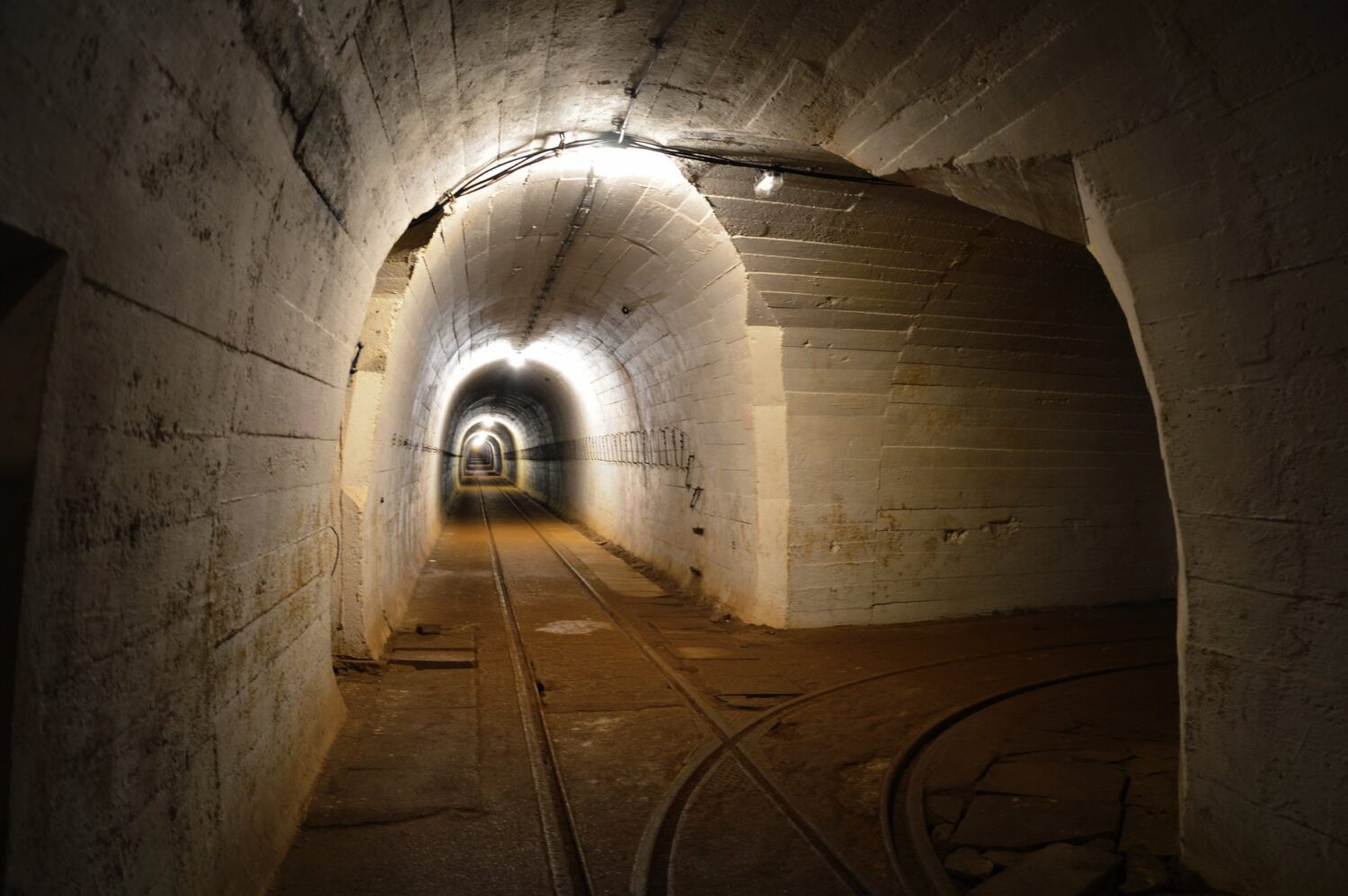
Miedzyrzecz
Miedzyrzecz – updated 15 January 2023.
The Miedzyrzecz Reinforced Region (MRR) was a fortified area built by the Germans in occupied Poland during World War II. It was located in the present-day western part of Poland, east of the city of Poznan and was part of the larger system of fortifications known as the “Reinforced Region East" (RRE). The MRR was designed to protect against a possible Soviet invasion of Germany and to control the population in the area.
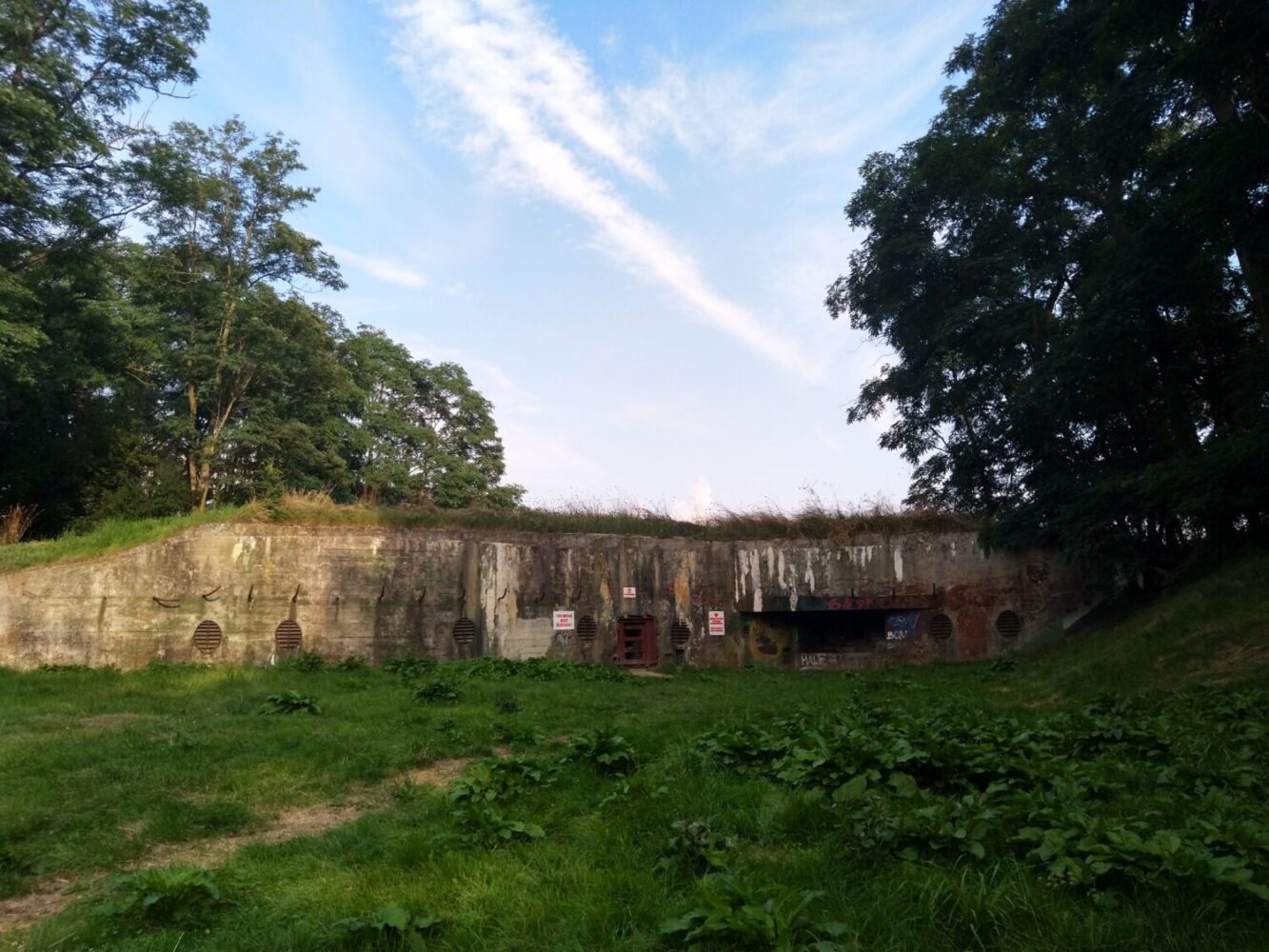
MRR
The MRR was made up of a network of bunkers, trenches, and other fortifications, as well as anti-tank ditches and minefields. The fortifications were built using forced labor, mostly by prisoners of war and concentration camp inmates. The MRR was never completed and it was never put to the test during the war. After the war, the fortifications were dismantled and the area was returned to civilian use. Today, some of the fortifications still exist, and some have been turned into museums or other tourist attractions.
Dragon teeth
Built by Nazi Germany with the purpose of protecting the most vital section of the eastern border of Germany, Miedzyrzecz Reinforced Region was a line of 106 reinforced concrete bunkers with 25cm thick walls, steel domes and concrete antitank barriers called “dragon teeth”.
Underground tunnels
21 of the concrete bunkers were connected by a 30 km network of 40m deep underground tunnels containing railway stations, war rooms, workshops, engine rooms, stockrooms and barracks. The whole network of bunkers and underground system of the Miedzyrzecz Reinforced Region were fitted with essential equipment such as lighting, ventilation, plumbing, sewage disposal and communications.
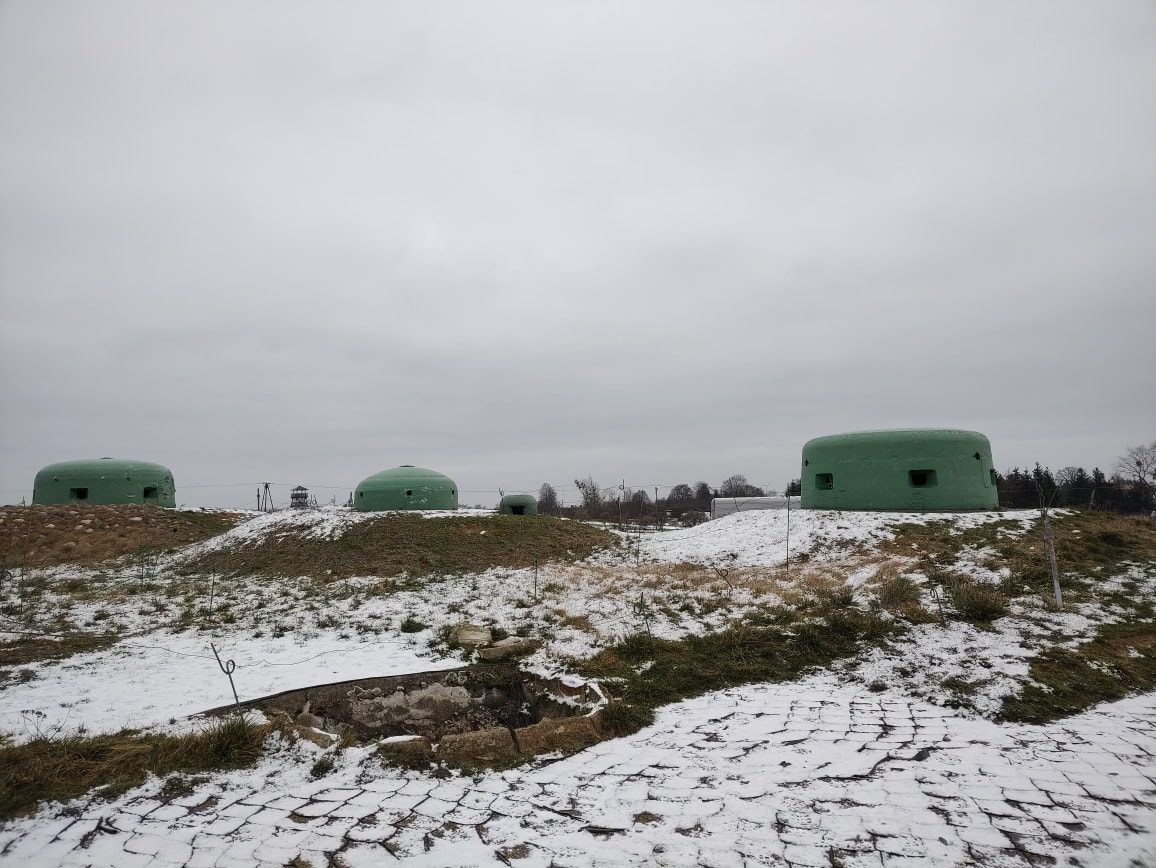
30,000 bats
Miedzyrzecz Reinforced Region remains one of the largest and the most interesting systems of this type in the world today. It is also one of the largest hibernation sites for bats in Europe. Each year over 30,000 of them winter here representing 13 different species.
Museum & routes
Today, the Miedzyrzecz Reinforced Region is partially open to the public. Visitors can visit the museum and also choose from five different routes with various levels of difficulty, lengths and duration.
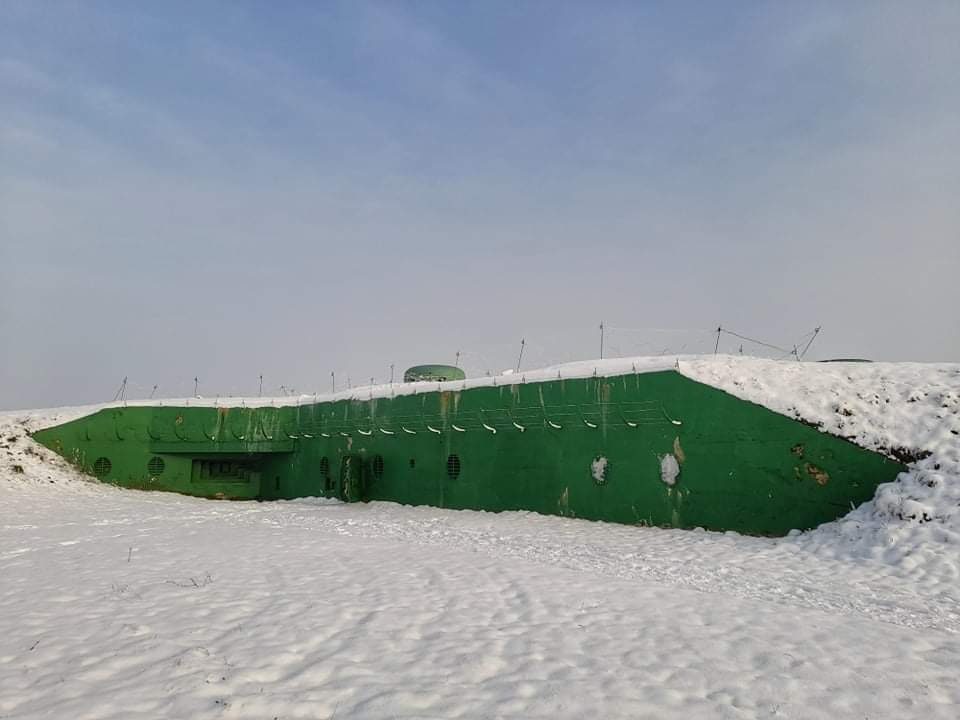
Short Route – This is the shortest of the routes available to tourists. The duration of the trip is 1.5 hours, while the length of the entire route is approximately 1500 meters.
Long Route – The duration of the trip is 2.5 hours, while the length of the entire route is approximately 2,500 meters.
Extreme Route – Depending on the variant, they take up to 3 hours, 6 hours or the longest up to 8 hours of underground hiking.
Surface Route – The option is ideal for people who want less physical effort or do not want to visit the underground routes.
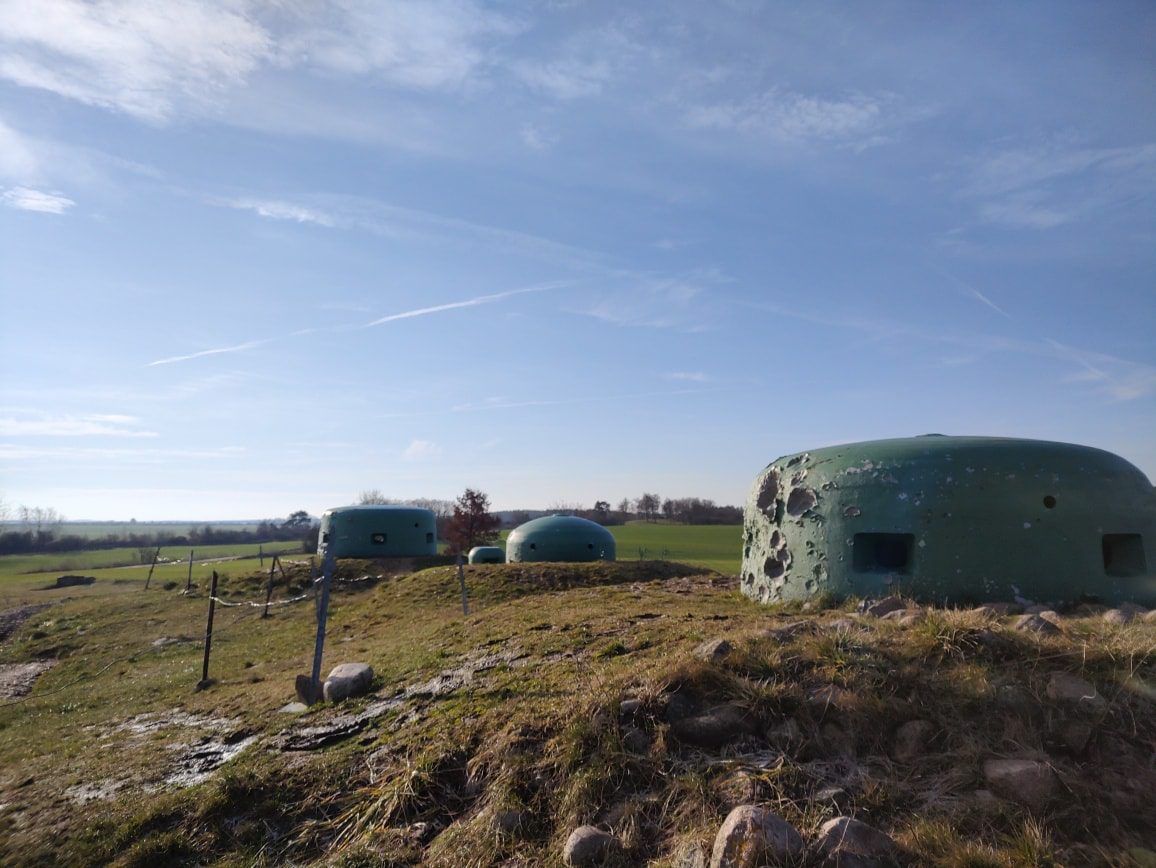
Detailed information about the routes and prices can be found on the official MRU website
FAQ
Q: When was the Miedzyrzecz Reinforced Region (MRR) built?
A: The MRR was built by the Germans during World War II, it was part of the larger system of fortifications known as the “Reinforced Region East" (RRE)
Q: Where is the Miedzyrzecz Reinforced Region located?
A: The MRR is located in the present-day western part of Poland, east of the city of Poznan.
Q: Who built the Miedzyrzecz Reinforced Region?
A: The MRR was built by the Germans during World War II, using forced labor, mostly by prisoners of war and concentration camp inmates.
Q: What was the purpose of building the Miedzyrzecz Reinforced Region?
A: The MRR was designed to protect against a possible Soviet invasion of Germany and to control the population in the area.
Q: Was the Miedzyrzecz Reinforced Region completed?
A: The MRR was never completed, it was part of the larger system of fortifications called the “Reinforced Region East" (RRE) which was never finished.
Q: Is the Miedzyrzecz Reinforced Region open to the public?
A: Some of the fortifications still exist, and some have been turned into museums or other tourist attractions. Visitors can tour the remains of the fortifications and learn about their history and the role they played during World War II.